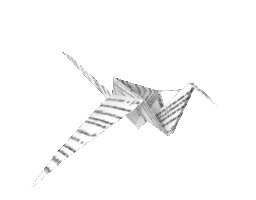All papers authored by Roger Lteif

Refreshing results…


Elena Bakhos  ,
Wadih Skaff,
Jerome Esvan,
Alexandre Monnier,
Nathalie Sieczkowski,
Roger Lteif
,
Wadih Skaff,
Jerome Esvan,
Alexandre Monnier,
Nathalie Sieczkowski,
Roger Lteif  ,
Cedric Brandam,
Dominique Salameh
Upload
,
Cedric Brandam,
Dominique Salameh
Upload
 ,
Wadih Skaff,
Jerome Esvan,
Alexandre Monnier,
Nathalie Sieczkowski,
Roger Lteif
,
Wadih Skaff,
Jerome Esvan,
Alexandre Monnier,
Nathalie Sieczkowski,
Roger Lteif  ,
Cedric Brandam,
Dominique Salameh
Upload
,
Cedric Brandam,
Dominique Salameh
Upload





Hadi Loutfi,
Fabrice Pellen,
Bernard Le Jeune,
Bernard Le Jeune,
Roger Lteif  ,
Mireille Awad,
Mireille Kallassy,
Guy Le Brun,
Guy Le Brun,
Marie Abboud
Download from doi.org
,
Mireille Awad,
Mireille Kallassy,
Guy Le Brun,
Guy Le Brun,
Marie Abboud
Download from doi.org
 ,
Mireille Awad,
Mireille Kallassy,
Guy Le Brun,
Guy Le Brun,
Marie Abboud
Download from doi.org
,
Mireille Awad,
Mireille Kallassy,
Guy Le Brun,
Guy Le Brun,
Marie Abboud
Download from doi.org












Missing publications? Search for publications with a matching author name.